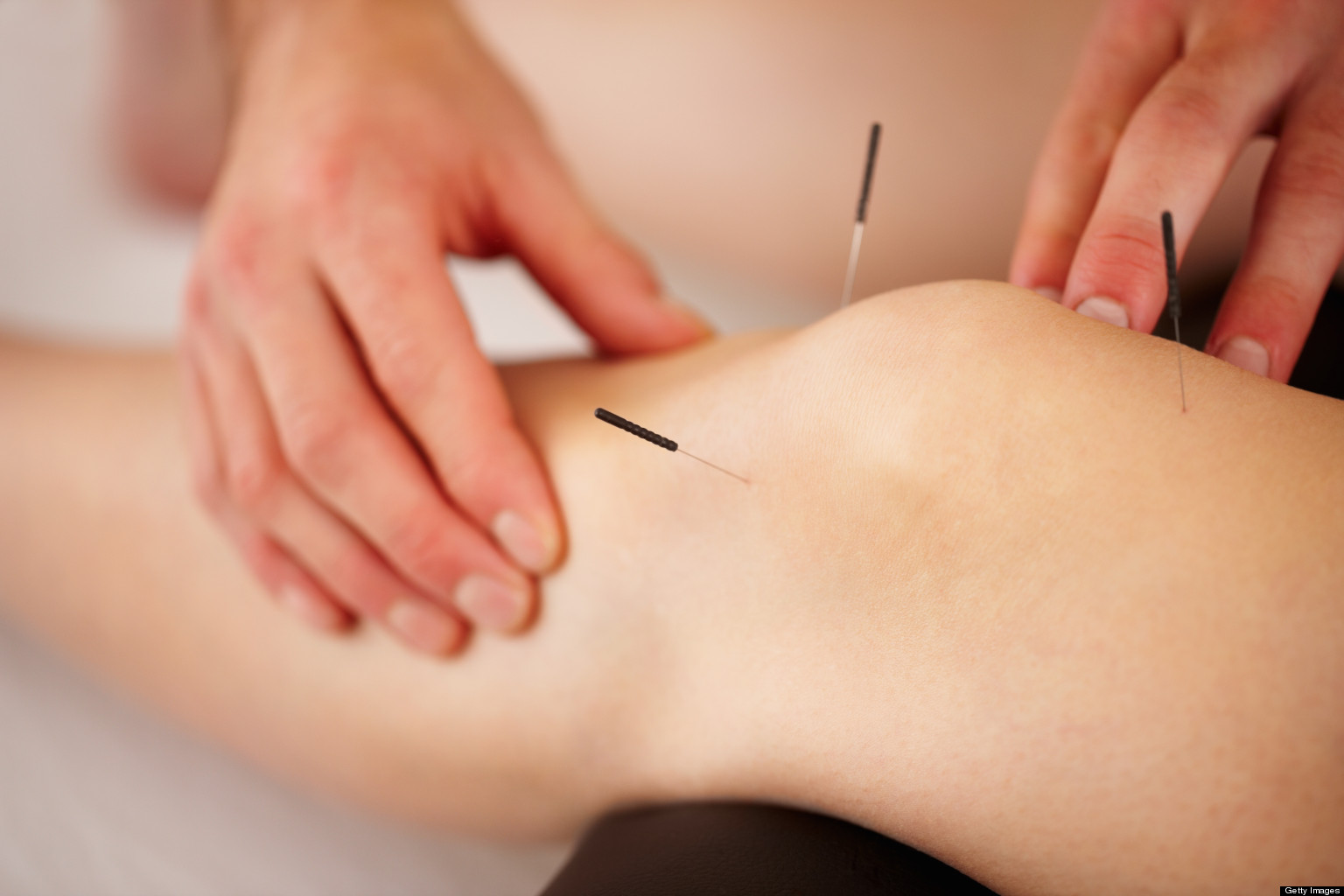Research pokes holes in validity of acupuncture
Does acupuncture even work? A recent report pokes holes in claims that the practice is effective.


Does acupuncture even work?
That’s a question that has been asked several times over. And for those in the running community, it matters whether or not this non-traditional form of pain treatment is even a valid way to treat those sore and battered muscles.
RELATED: Fact or fiction: Getting on point about acupuncture
Now, a recent article published in Scientific American is looking at what we know about acupuncture to decide if it’s a smart way to treat pain and injuries. For a long time this has been a much debated topic. The report on the practice includes both the pros and cons. (As if we needed to add to the wishy washy back-and-forth debate.)
For the sake of taking a closer look at this topic, we’re breaking down the nutshell version of what was found. For a more in-depth analysis and comments from those in the medical community, head on over to the story.
Pros
- A 2012 study looked at 18,000 patients and found that the practice does reduce (though slightly) the pain felt by patients.
- Those for the practice say that there are 20 distinct energy routes in the body. Pain is the results of a block in those routes. Want to unblock it? Poke a hole in it.
- The U.S. has invested $73 million in the practice since 2008. That could confirm that people feel the effects enough to make it such a booming practice.
- Studies found that acupuncture triggers the release of adenosine. That’s a chemical which then triggers inflammation reduction. That’s what reduces the pain. It’s a manipulation of the body’s natural pain regulation system. This is something that research was able to prove when testing mice.
Cons
- Acupuncture has been around for awhile. It was been dismissed since 1600, the article states.
- There has been a lot of research on it but there’s nothing to clearly state that it works, say people in the medical community who have been studying whether the technique is valid.
- Some people feel relief, yes. But it has been proven that this happens regardless of whether the needles are targeted or just inserted at random places on the body.
- Many claim that the pain reduction which patients feel is not significant enough to support that it works and that it’s therefore nothing more than a placebo.
- Though the release of adenosine is found to be true, researchers on the topic also noticed that this release happens through other physical injury or through applied pressure. In other words, just because this release happens after a needle is inserted that doesn’t mean that needles are the most effective way.


